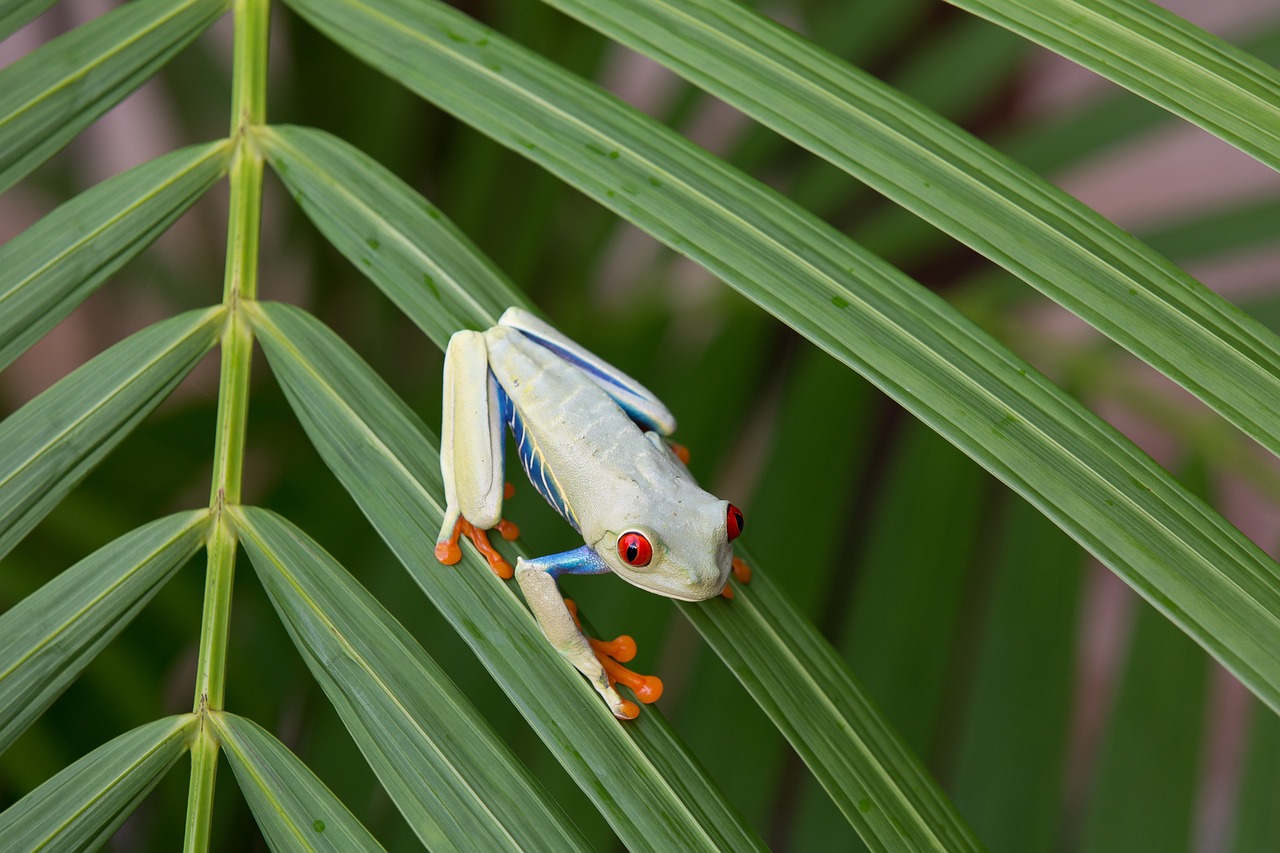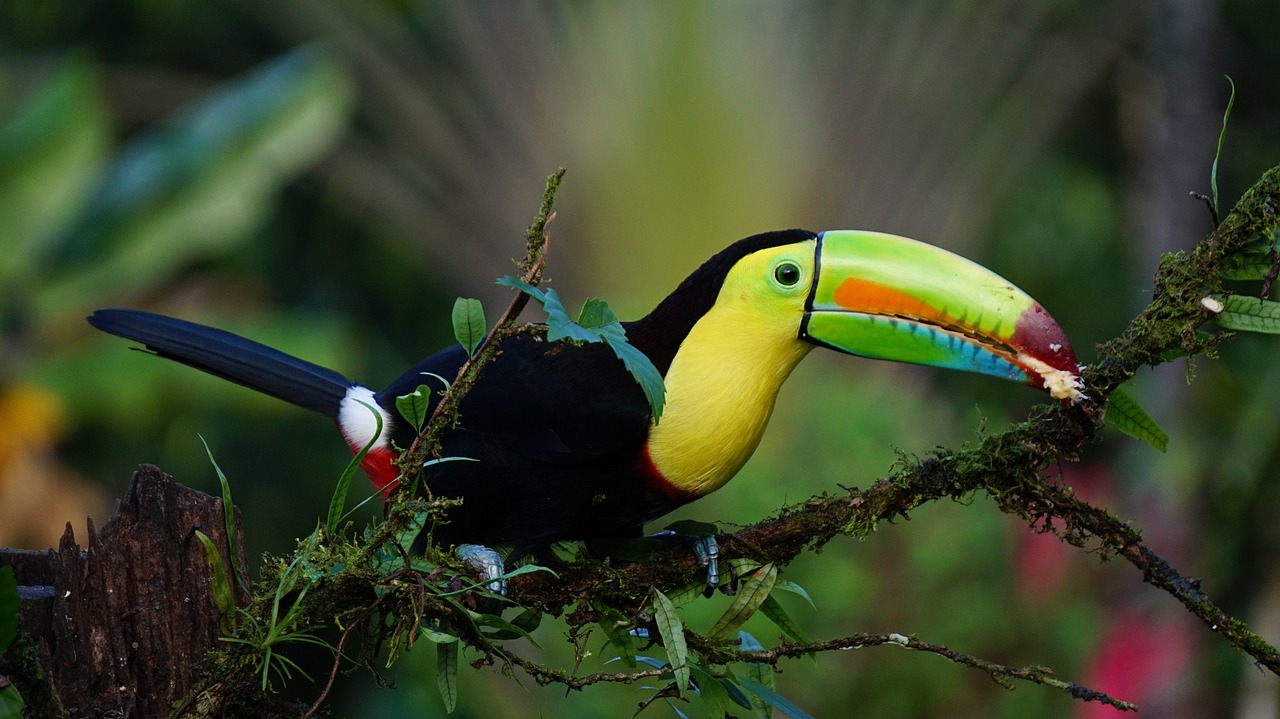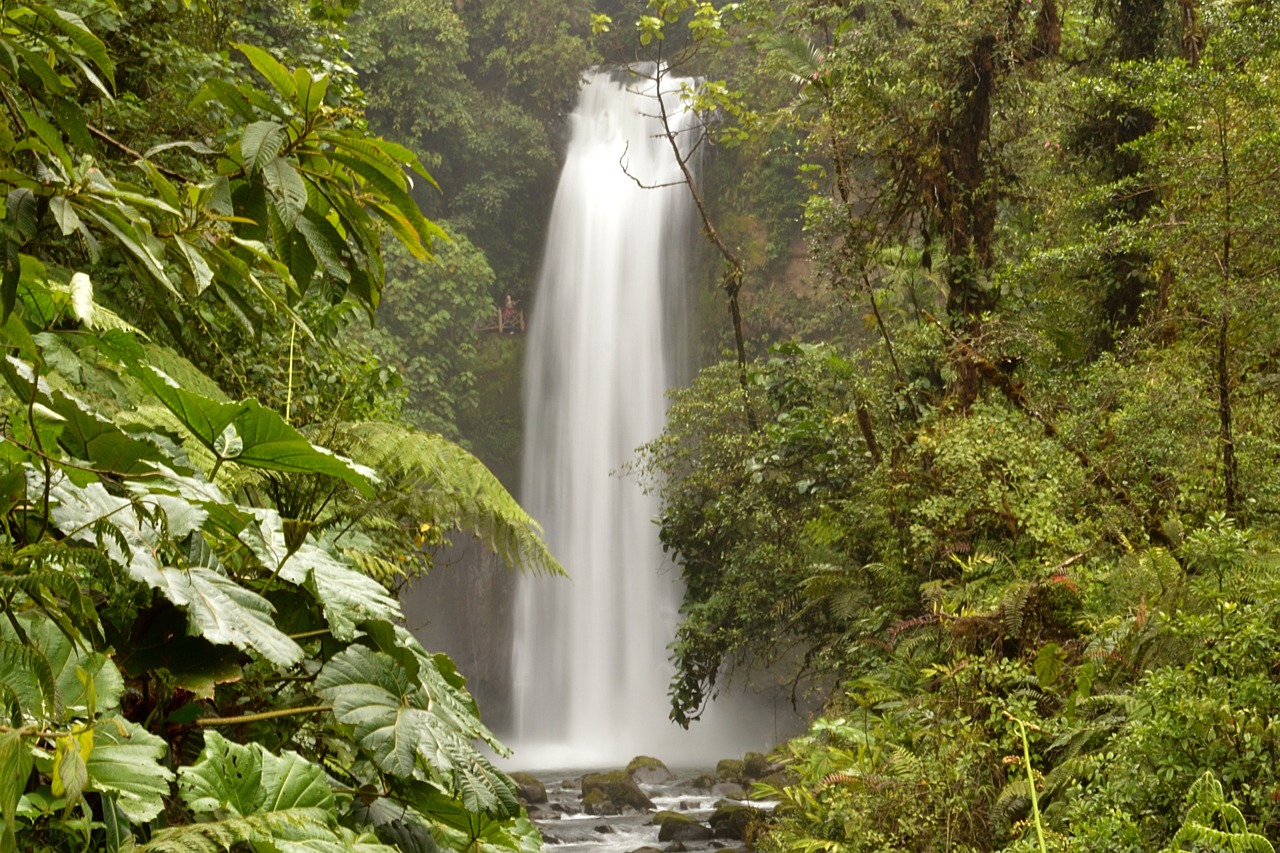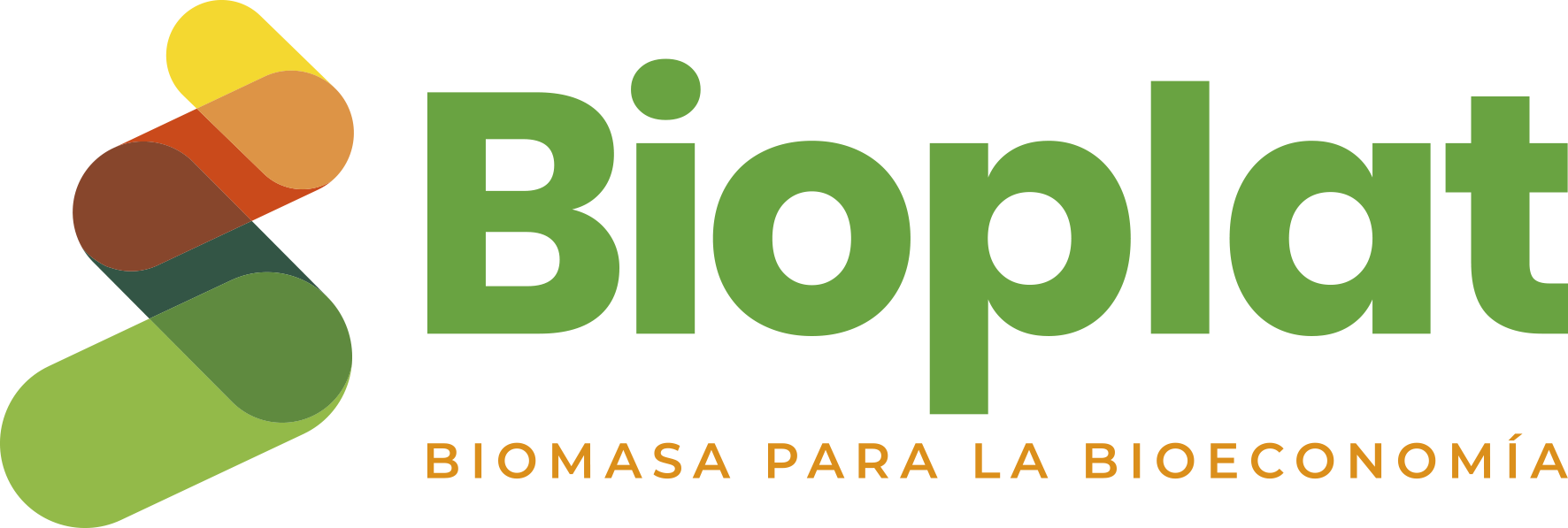05 Jun 2023
Costa Rica, its national bioeconomy strategy
 Costa Rica established its first national bioeconomy strategy in 2020 with its immense biological wealth as a cornerstone. The country is home to 6% of the world’s wildlife, despite occupying only 0.03% of its land area: it is one of the 17 so-called “megadiverse” countries.
Costa Rica established its first national bioeconomy strategy in 2020 with its immense biological wealth as a cornerstone. The country is home to 6% of the world’s wildlife, despite occupying only 0.03% of its land area: it is one of the 17 so-called “megadiverse” countries.
Costa Rica’s strategy aims to decarbonize the economy, replacing fossil resources with renewable and bio-based ones. The goal was to create a competitive bio-based sector, driven by scientific innovation, traditional products, and biofuels; so they have directed investment towards private projects that align with public sustainability goals. However, what makes Costa Rica’s strategy different is that business is at the service of biodiversity, not the other way around: not only must value be derived from nature, but the government must protect it.
Within the National Bioeconomy Strategy is the Biobusiness Financing Platform, which is responsible for stimulating green businesses. The platform identifies national projects that could be eligible for support. Depending on the type of project, the platform dispenses green credit, seed capital, and venture capital through one of five financial mechanisms: the Bioenterprise Acceleration Program, the BioInnova Program, BioAcelera, the Natura Fundecooperación Women’s Credit, and the Rural Women’s Credit. To obtain credits and aid, companies must also reduce or mitigate their human impact on ecosystems.
Social equity is an essential part of the Costa Rican bioeconomy strategy and this is reflected in the structure of the Financing Platform. In Costa Rica, women entrepreneurs are less likely to obtain business financing than men. Therefore, two of the Platform’s business support mechanisms (Mujeres Naturaleza and Crédito Mujer Rural) attempt to mitigate this problem.
Costa Rica’s bioeconomy plan dovetails with national and international economic development strategies and environmental objectives. For example, the biobusiness finance platform is connected to the international biodiversity policy landscape as one of seven “finance solutions” organized by BioFin. This is a global project of the United Nations Development Program that helps countries find the financing needed to fund their national biodiversity goals and has been a key pillar in helping Costa Rica implement its bioeconomy strategy.
 Costa Rica’s national bioeconomy strategy seeks an almost impossible balance. On the one hand, it aims to develop an advanced bioeconomy that brings income to communities and the state. On the other hand, it also wants to protect biodiversity. In part, Costa Rica’s strategy may prove successful because its dual development and conservation program is based on a mature national institution. It is the result of a thirty-year government commitment to sustainable development. It emerged between 1986 and 1990 when Minister Alvaro Umaña halted deforestation in the country by giving incentives to ranchers to restore wilderness rather than destroy it.
Costa Rica’s national bioeconomy strategy seeks an almost impossible balance. On the one hand, it aims to develop an advanced bioeconomy that brings income to communities and the state. On the other hand, it also wants to protect biodiversity. In part, Costa Rica’s strategy may prove successful because its dual development and conservation program is based on a mature national institution. It is the result of a thirty-year government commitment to sustainable development. It emerged between 1986 and 1990 when Minister Alvaro Umaña halted deforestation in the country by giving incentives to ranchers to restore wilderness rather than destroy it.
Thirty years later, Costa Rica is one of only seven countries in the world whose progress on climate goals has been rated “nearly sufficient” by Climate Tracker (it may not sound like much, but it is quite an achievement considering that no country has yet been deemed to have made “sufficient” progress in its policies to keep the global average temperature below 2 degrees by the end of this century). The country is also a world leader in biodiversity protection, having restored almost 60% of its rainforests after they had been reduced to a quarter of their total extent by the late 1980s.
Costa Rica’s environmental policies are so successful because their impetus came from within, rather than being imposed by external agencies. Its first steps towards sustainable development came from national actors, so the policies are better adapted to their cultural and economic specificities and consequently have more widespread support.
 Of course, Costa Rica cannot do it alone. Like any other nation, it depends on external investment and global financial flows, two elements that the COVID-19 pandemic put to the test. The health crisis hampered the country’s bioeconomy strategy. It put a huge strain on its tourism industry, forcing the government to divert its decarbonization budget to a public health response. Costa Rica needs more funding to regain the optimism that surrounded the launch of its bioeconomy plan three years ago, even though its bet on bio-based enterprises has already attracted international attention to steering the course back to green recovery. In 2022, venture capital fund Deep Science Ventures selected the country as a base for its Tropical Agriculture and Bioeconomy Initiative, a program that accelerates the creation of companies specializing in biotechnology for tropical agriculture. According to Deep Science Ventures, it envisions Costa Rica becoming a “global engine of entrepreneurship in sustainable agriculture and bioeconomy“. Undoubtedly, the country has the political will to attract more funding of this type.
Of course, Costa Rica cannot do it alone. Like any other nation, it depends on external investment and global financial flows, two elements that the COVID-19 pandemic put to the test. The health crisis hampered the country’s bioeconomy strategy. It put a huge strain on its tourism industry, forcing the government to divert its decarbonization budget to a public health response. Costa Rica needs more funding to regain the optimism that surrounded the launch of its bioeconomy plan three years ago, even though its bet on bio-based enterprises has already attracted international attention to steering the course back to green recovery. In 2022, venture capital fund Deep Science Ventures selected the country as a base for its Tropical Agriculture and Bioeconomy Initiative, a program that accelerates the creation of companies specializing in biotechnology for tropical agriculture. According to Deep Science Ventures, it envisions Costa Rica becoming a “global engine of entrepreneurship in sustainable agriculture and bioeconomy“. Undoubtedly, the country has the political will to attract more funding of this type.
Information from World Bio Market Insights.
